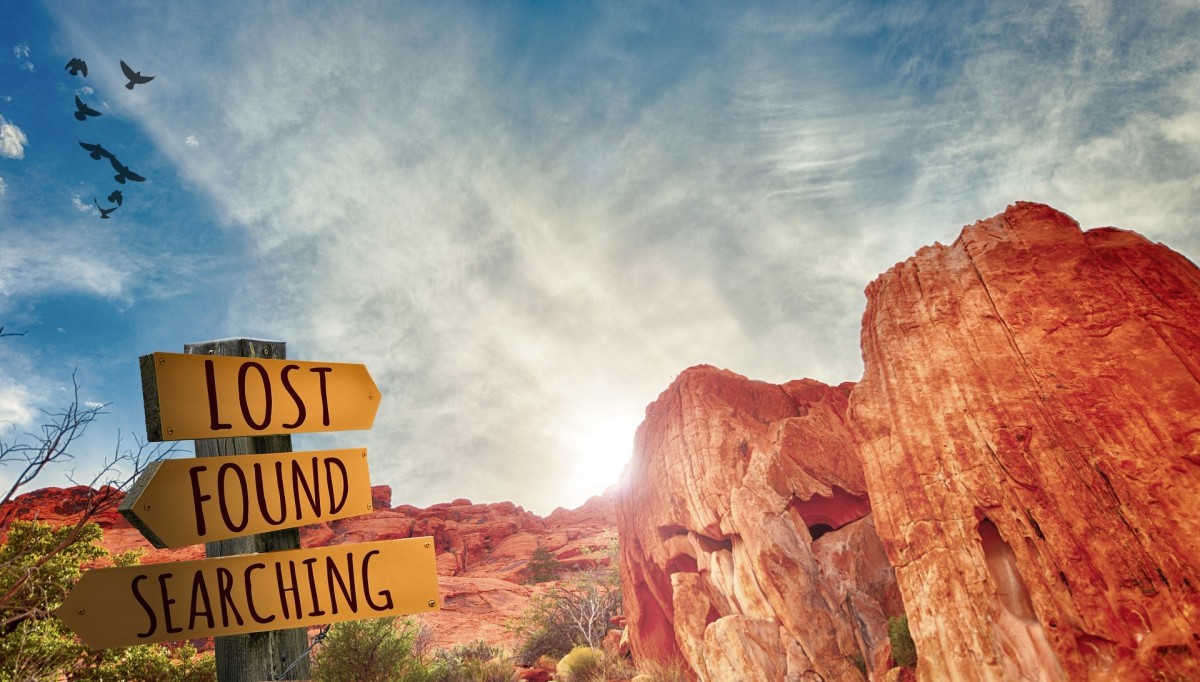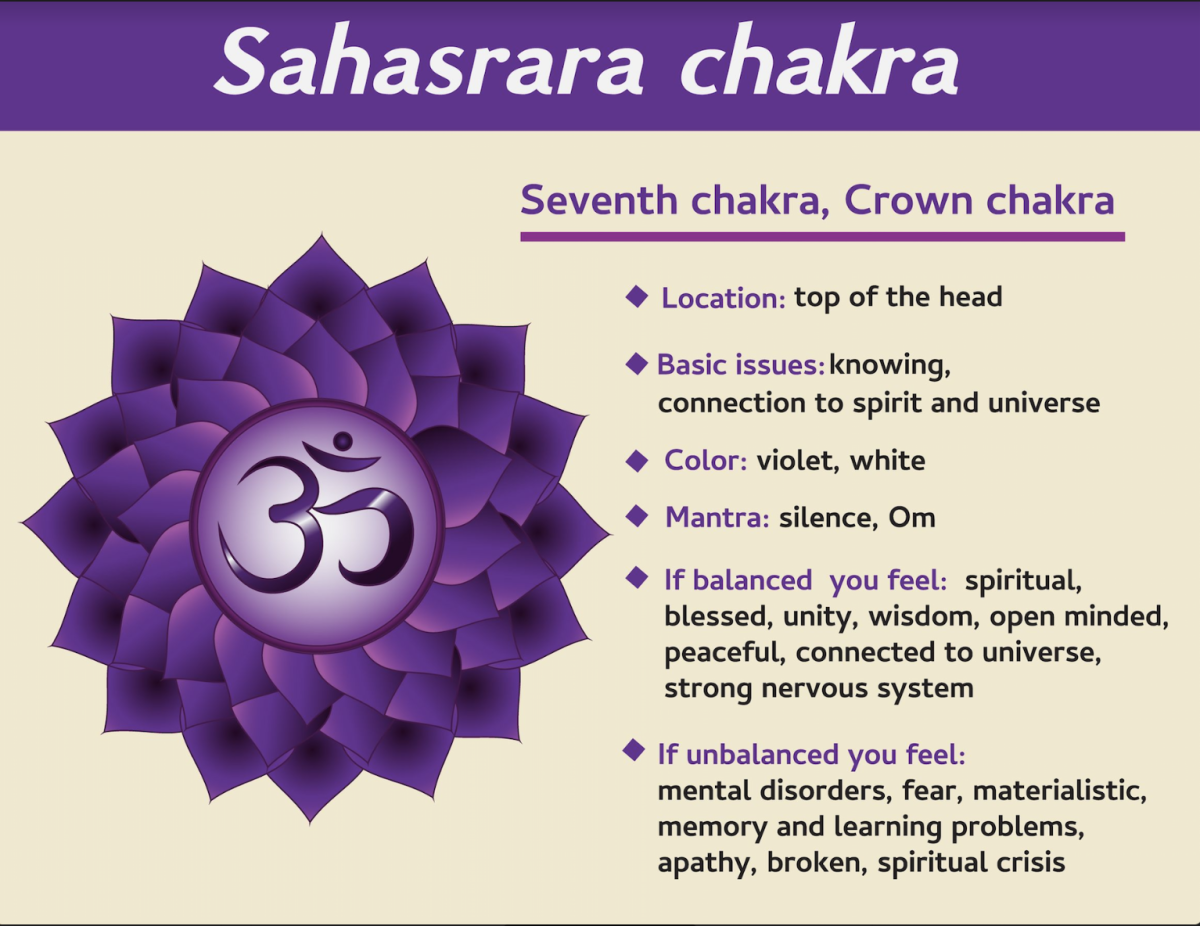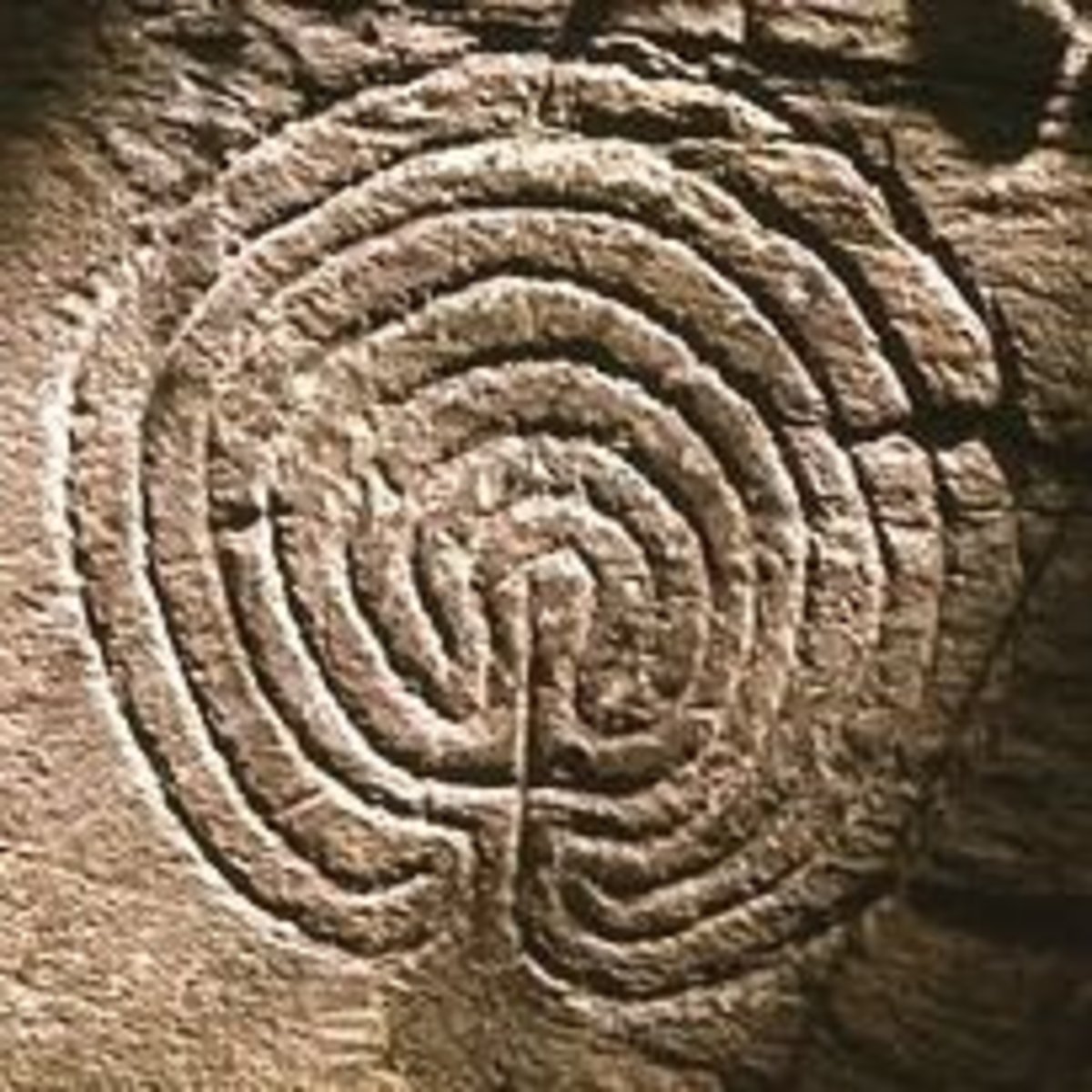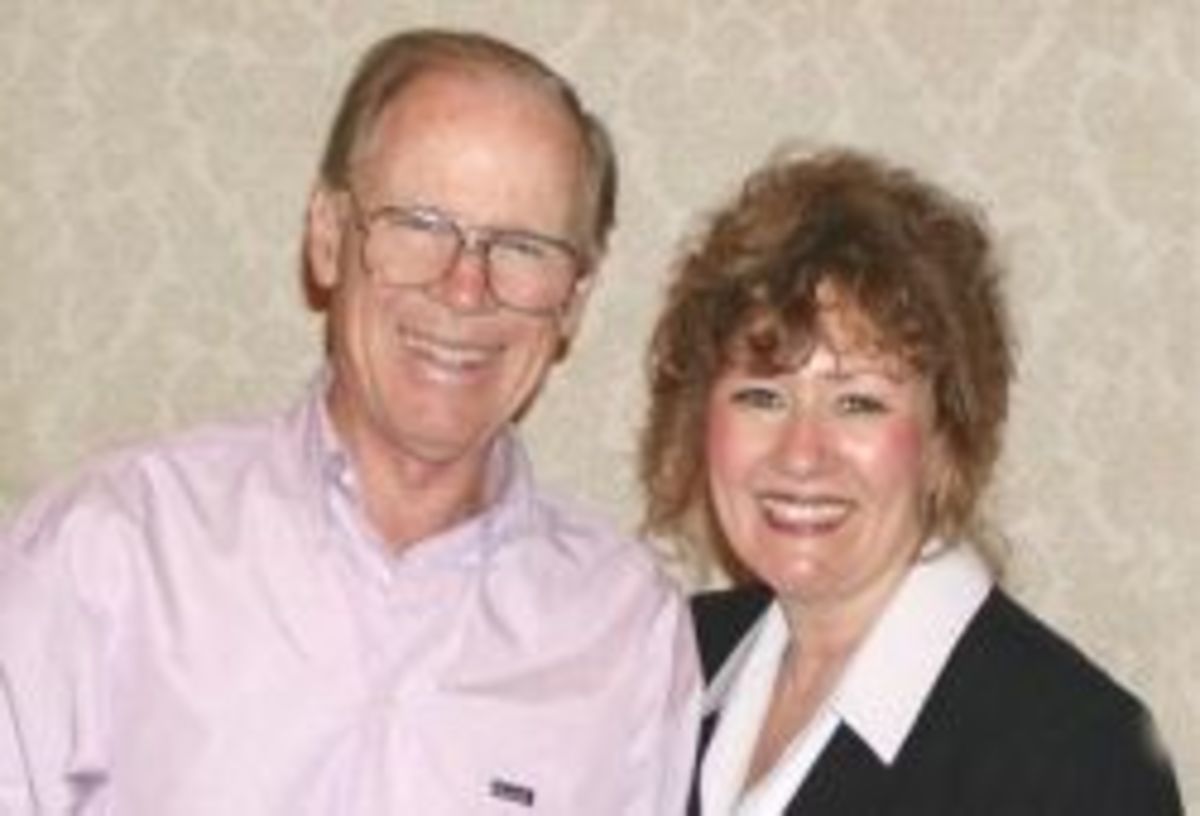Meditation as a Spiritual Practice
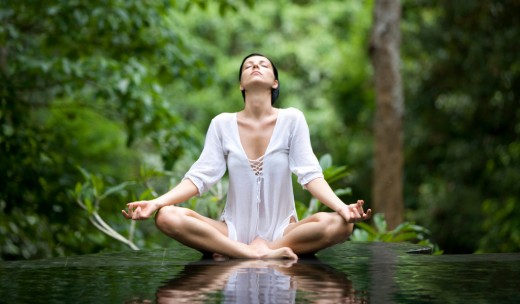
What is Meditation?
Meditation is the process of clearing our minds of distraction so that we might integrate our consciousness, realize our connectedness, and embrace our completeness.
In meditation, we cultivate inner silence until we reveal within us a symphony of subtler sounds - the soft sound of our whispering spirit, the quiet hum of our heart’s healing power, and the sacred song of our communion with the Divine. Masked within their melody is the secret to endless love, peace, and personal bliss; and it waits only for us to quiet the roar of our minds and emotions long enough that we might hear it.
Unlike many other activities and practices that we engage in, meditation doesn’t accomplish its objective through the use of force but through flexibility and flow. When we meditate, we simply sit with our thoughts, feelings, and energy and observe their transient nature. We allow them to arise naturally without following or engaging them. In doing this, we begin to see that whatever flows in will also flow back out. We come to understand that our thoughts and feelings are like fleeting inner breezes that aren’t meant to be held – when we stop trying to grasp them, they have a beautiful way of gently touching our consciousness just long enough to inspire us before quickly passing away again.
This realization acts as a catalyst for spiritual development and personal peace – it shows us that our internal chatter is only as important as we believe it to be. In our everyday lives, our minds and emotions tend to adorn themselves in a false sense of significance and we respond by following at their heels as if they were royalty, heeding their every command. In meditation, we strip away their grandiose garbs and declare our independence, taking back control from these false masters.
In the space that’s left behind after clearing away that mental clutter, we find the essence of who and what we really are. While we are wrapped up in our thoughts and the hustle of our daily lives, we tend to divide ourselves into these little bits and pieces by thinking of ourselves as bodies with minds that contain souls. In meditation, as we allow our thoughts to naturally dissolve, so also do those dividing lines. And without those lines of separation, the truth reveals itself – the truth that we are but individual waves rising up out of the infinite ocean of the Divine. We are in no way separate from God or from one another; nor is there any real division between the various aspects of ourselves.
As we reacquaint ourselves with this important truth, our awareness begins to expand farther and farther outwards until it escapes even the confines of our body and moves into and through every stone of the earth and every star in the galaxy – we begin to see the whole picture of who we truly are beyond the tiny frame that our minds keep us focused on. In this way, meditation is like stepping through the doorway between the flesh and the spirit only to discover that the door was never real to begin with.
This awareness acts as a warm light that dissipates the fog of our deepest fears. It liberates us from the inside out, giving us the courage to give and receive love and to fully embrace our most authentic nature, thus unlocking our highest potential.
Though at first invisible, the benefits of meditation quickly begin to manifest both in our physical bodies and throughout our material lives. Rather than being lost in the memories of yesterday and our plans for tomorrow, meditation brings our focus back to the present moment. By being fully present in the moment at hand, we can hear and respond to the messages that our bodies are sending us and we can more readily identify and correct habits of thought and emotion. Through these changes, we experience reduced levels of stress, we are inspired towards healthier choices, and we remain more centered in our own energy, giving us an overall sense of greater wellbeing physically, mentally, emotionally, and socially.
How to Meditate
In many ways, meditation is a lot like learning how to walk. We have to work at it and be patient with ourselves as our muscles and flexibility slowly start to match our devotion and desire. Though we’re often eager to get from here to there, we can’t just decide one day that we want to walk and suddenly we are completely mobile.
In this modern world of speed, convenience, and competition, we can easily thwart our early attempts at meditating by expecting it to happen at a certain pace or by focusing on some end goal or level of mastery. Like spiritual development in general, each person’s journey is unique and every step along the way is particularly suited to them alone. For this reason, there is no universal standard for how we each should progress – and the learning happens in stages, so even after achieving what one might consider mastery, we will cycle back around to each stage again and again, each time reaching some new and deeper understanding.
With consideration for these insights, you may find the following brief introduction to the practice a useful reference if you are a beginner.
- The first step is to find a place where you will be alone and undisturbed. Once you have found this place and are settled, begin with some light stretches to loosen up your muscles. As your body begins to relax, move into a position that is comfortable but that also keeps oxygen and blood flowing freely and maintains a healthy posture.
- Many people suggest grounding yourself before beginning, though this is entirely up to you and how you wish to proceed. Grounding is a way of re-centering yourself, of ensuring that you are present in the moment and in your own energy, and strengthening your ties to this state. One of the simplest ways to ground yourself is to focus your attention on two experiences from each of your senses – two smells, two sights, two tastes, etc.
- Once in position (and grounded if you choose), begin by focusing exclusively on your breath. As you do this, allow your mind to release its build up. Don’t fight against your thoughts; just stop following them. Let them come and go without giving them any energy or attention.
- Instead of thinking about the moment that you are in; try to feel it. Feel your body; feel the earth beneath your body. Feel the sky and the stars above your head. Use your true awareness; step into the space behind your thoughts. The more that you allow yourself to let go of the parameters of the mind, the farther your attention may span and the more connected you will begin to feel. This place of connection is the heart of God. Allow yourself to fall into the arms of its peace. Notice how it is still and yet also brimming with energy; this is the field of possibility. Allow yourself to become comfortable in this place of potential because it is the birthplace of all things.
Just like learning to walk, the first steps can be shaky and we may even fall flat on our faces a few times; but the learning experience itself is an exciting adventure to be enjoyed, not just endured. Try not to put expectations or standards on yourself; remember that the purpose is the experience itself.
Though this and many other similar articles list particular steps to take while meditating, it’s important to understand that meditation isn’t a set of actions; it’s a personal practice. Meditation is something that can take place while we are sitting, standing, walking, laying down, on the job, or in a quiet retreat. To meditate is to reach a place of inner stillness, to center ourselves in spirit, and to direct our awareness to the Ultimate Source, the Divine, or God. The steps that are listed here and are so frequently depicted in media are meant to aid in this process and are not necessary in and of themselves. Meditation isn’t about the maneuvers but about the magic. It’s not about the position as much as the promise; and it’s less about the context than the sense of connection.
The rules for meditating are few and they are flexible, as with any spiritual practice, though I do have one reminder that I hope you carry with you: you will never know what reality actually looks like until you shift your focus from inside to outside of the frame - and the more often you look beyond it, the more awe, wonder, magic, and pure passion you will find that you can carry with you through your daily life.
© 2015 Cristen Rodgers

